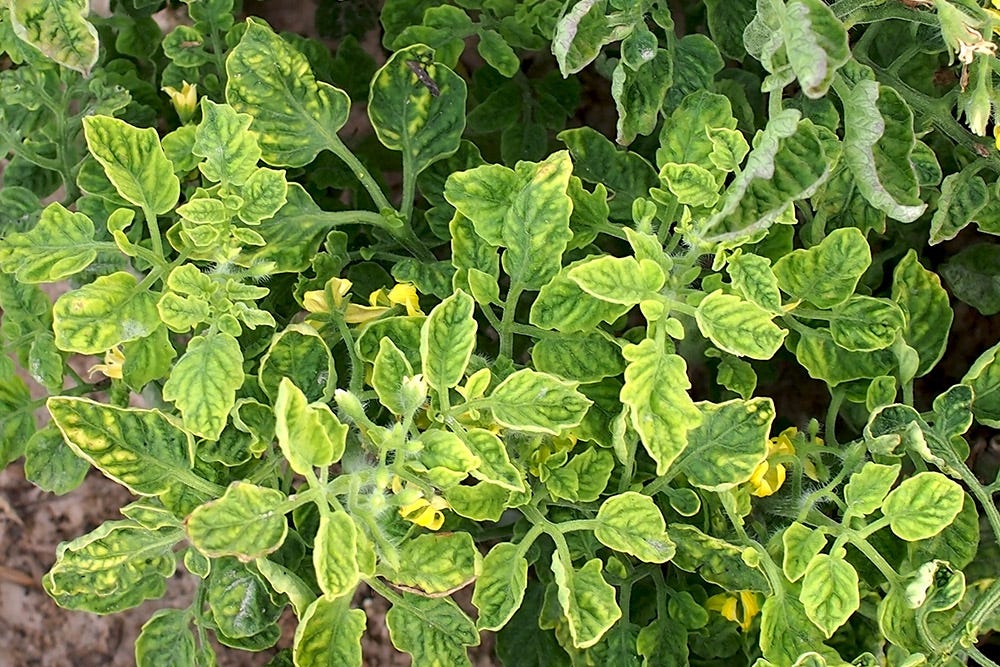- Maintenance tips & tricks
- 4-season garden care advice
- News from the gardening world
- STIGA innovations & new product launches
Common plant diseases
Summer weather creates prime conditions for plant diseases to spread. Protect your garden by learning the signs to look out for – and how to tackle three common diseases.

Mosaic virus
Mosaic virus tends to spread during hot weather. Two of the most common strains are:
-
Tomato mosaic virus – affects tomatoes, peppers, potatoes, apples, pears and cherries
-
Tobacco mosaic virus– affects beetroot, lettuce, tomatoes, peppers, cucumbers, petunias and tobacco.
Symptoms
-
Mottled yellow and green leaves
-
Curled and distorted leaves
-
Stunted plant growth
-
Lower yields
-
Malformed fruits
Solution
-
Remove and safely dispose of infected plants – there is no chemical cure available, so early diagnosis is key.
-
Avoid planting susceptible plants in affected areas for at least two years after infection, as the virus can live in dry soil for a long time.
-
Research resistant varieties before investing in new plants.
-
If you are a smoker, wash your hands thoroughly before touching plants vulnerable to tobacco mosaic virus – dry tobacco is also a carrier.
Fusarium wilt
Fusarium wilt is caused by a soil-borne fungus that spreads during the hotter temperatures of summer months. Plants at risk include tomatoes, beans, peas, asparagus and dianthus.
Symptoms
-
Wilted leaves
-
Stunted growth
-
Root rot
-
Blackened stem rot
Solution
-
Remove and destroy infected plants.
-
Be sure to dig up the entire plant with all of its roots.
-
Avoid planting vulnerable species in the affected soil for five years after infection.
-
Research disease resistant varieties before planting a new crop.
Verticillium wilt
Verticillium wilt is a fungal disease caused by soil-borne pathogens that restrict water flow in the plant's vascular system. Over 300 species of trees, shrubs, vegetables, field crops and herbaceous ornamentals are susceptible to this disease.
Symptoms
-
Wilting
-
Yellow leaves
-
Foliage falling off prematurely
-
Stunted growth
Solution
-
Prune diseased branches and foliage to help keep symptoms in check.
-
Remember to always sterilise cutting tools between use to avoid spreading the disease.
-
Remove and destroy all affected annuals and perennials.
-
Research resistant or tolerant species that can be planted instead.

Lawns often take pride of place when it comes to gardening – and for good reason. But it’s easy to neglect their health over winter, leading to moss, bare patches and weeds taking root. Try our 7-step guide to rejuvenate your lawn in time for summer.



















